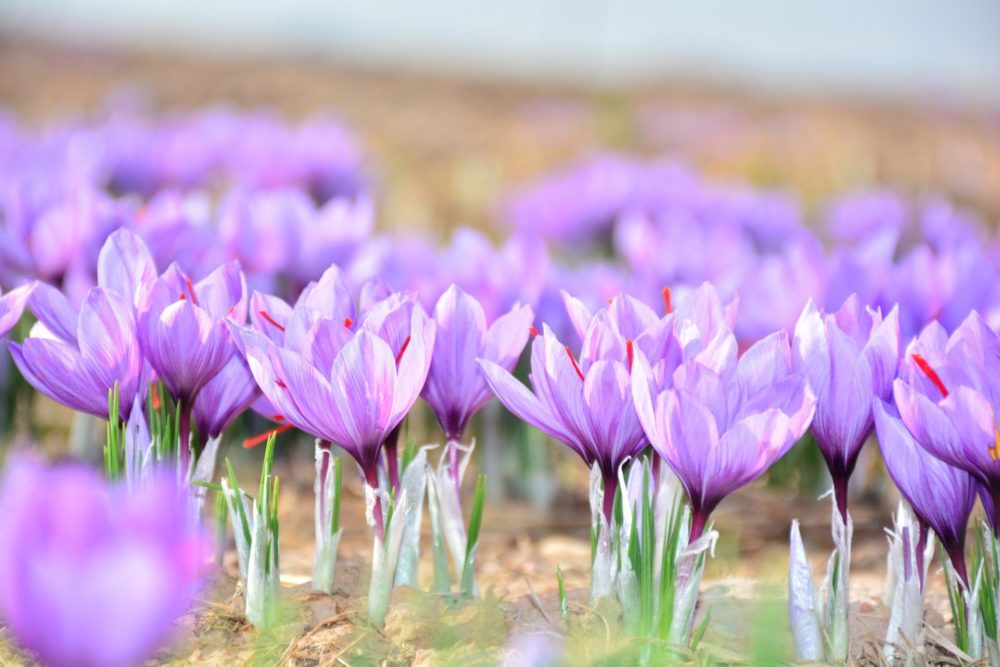Often said to be more valuable than gold, saffron is one of the most expensive spices in the world. Comprising the dried stigma and styles of the Crocus sativus flower, it can sell at over $500 per ounce at times – while the global saffron market was valued at $881.7 million in 2019. There’s a black market for fake saffron, too, where spice hustlers attempt to pass off everything from corn silk threads to coconut filaments as the real deal.
Part of what makes saffron so pricey is the intensive labor required to cultivate and harvest it, as well as the plant’s pickiness about where it will grow. Typically, it only flowers once a year, making for longer turnaround times.
“Saffron can only be grown in five places in the world, and 95% of it is grown in Iran,” David Freidenberg, CEO at Seedo Corp, tells AFN – highlighting the difficulties inherent in the global saffron supply chain.
Through a subsidiary called Saffron Tech, Seedo Corp is hoping to tackle these challenges by cultivating the spice indoors. The Tel Aviv-based startup is currently developing a protocol for growing saffron crocuses in a vertical farming setup, which it expects to be completed by the end of the year.
To date, Seedo Corp has successfully grown a sapling in an indoor environment, according to Freidenberg. It has also achieved two flowerings in a single year, and hopes to reach a third through continued R&D while also improving produce quality.
The startup is sending its samples to pharmaceutical and nutraceutical companies, as well as two-Michelin Star chef Kiko Moya, who acts as Saffron Tech’s global brand ambassador.
It has also signed research agreements with Israel’s Agricultural Research Organization–Volcani Institute and Spain’s University of Valencia, according to Freidenberg.
In addition to being especially particular about where it plants its roots, saffron is incredibly hard to harvest. The industry lacks a mechanical means for picking the crop due to the delicate nature of the flowers it comes from. This means human pickers must roam through the fields during blossom to pluck individual flower stamens by hand at precisely the right time.
Freidenberg says that Seedo Corp is working with other companies to potentially develop a robotic solution.
“Harvesting this is hard work. You will see videos of people crawling on the ground to check every flower,” he says.
“That’s the reason 95% of cultivation is in Iran, where there is cheap labor.”
Indoor farming has grabbed plenty of headlines lately, as a handful of startups in the space go public and the agrifood supply chain weaknesses highlighted by Covid-19 play on consumers’ — and investors’ — minds.
Only a few startups have ventured beyond the sector’s bread-and-butter crops of leafy greens, herbs, and tomatoes.
In the US, Plenty — which is working with fruit brand Driscoll’s — and Oishii, which calls itself “the Tesla of vertical farming,” are working on growing strawberries indoors. Germany’s Infarm is shifting some of its focus to chilis and mushrooms, while New York-based Bowery is using some of its recent $300 million Series C funding to move into root vegetables and tubers.




